Information
Rainwater harvesting in simple terms.
Rainwater harvesting is a simple yet effective method of collecting and storing rainwater for future use. With the growing water scarcity concerns, rainwater harvesting has become increasingly important as it is a sustainable solution to reduce our dependence on groundwater and surface water resources. In this blog, we will explore the concept of rainwater harvesting and its benefits.
What is Rainwater Harvesting?
Rainwater harvesting is the process of collecting and storing rainwater from rooftops. This water can then be used for a variety of purposes such as watering plants, washing clothes, flushing toilets, and even for drinking after proper treatment.
How does Rainwater Harvesting work?
The basic components of a rainwater harvesting system include a catchment area, gutters and downspouts, a filter, a storage tank, and a distribution system. Let’s look at each of these components in detail.
1. Catchment area: This is the surface where rainwater falls and is collected. It can be the roof of a building or any other impermeable surface that can channel the water to the storage tank.
2. Gutters and downspouts: These are used to collect the rainwater from the catchment area and direct it to the storage tank. The gutters are installed along the edges of the roof, and the downspouts are connected to the gutters to carry the water down to the storage tank.
3. Filter: This is used to remove debris, leaves, and other contaminants from the rainwater before it enters the storage tank. The filter can be a simple mesh screen or a more sophisticated system that includes a series of filters.
4. Storage tank: This is where the rainwater is stored for later use. The tank can be made of plastic, concrete, or any other suitable material. The size of the tank depends on the amount of rainwater you want to store and the intended use.
5. Distribution system: This is used to distribute the harvested rainwater to the intended areas of use. It can be a simple tap or a more sophisticated system that includes pumps and pipes.

Benefits of Rainwater Harvesting
There are several benefits of rainwater harvesting, some of which are listed below:
1. Sustainable source of water: Rainwater harvesting provides a sustainable source of water that can be used for various purposes, reducing our dependence on groundwater and surface water resources.
2. Reduces water bills: Harvested rainwater can be used for non-potable purposes such as watering plants and flushing toilets, reducing the amount of potable water used and hence the water bills.
3. Flood control: Rainwater harvesting can help reduce the risk of flooding by collecting the rainwater and directing it to the storage tank.
4. Improves groundwater quality: Rainwater harvesting can help recharge the groundwater table, which in turn can improve the quality of groundwater.
Conclusion
Rainwater harvesting is a simple and effective way to collect and store rainwater for future use. It not only provides a sustainable source of water but also helps reduce water bills, control flooding, and improve groundwater quality. With the growing water scarcity concerns, rainwater harvesting is becoming increasingly important, and we should all consider implementing it in our homes and communities.

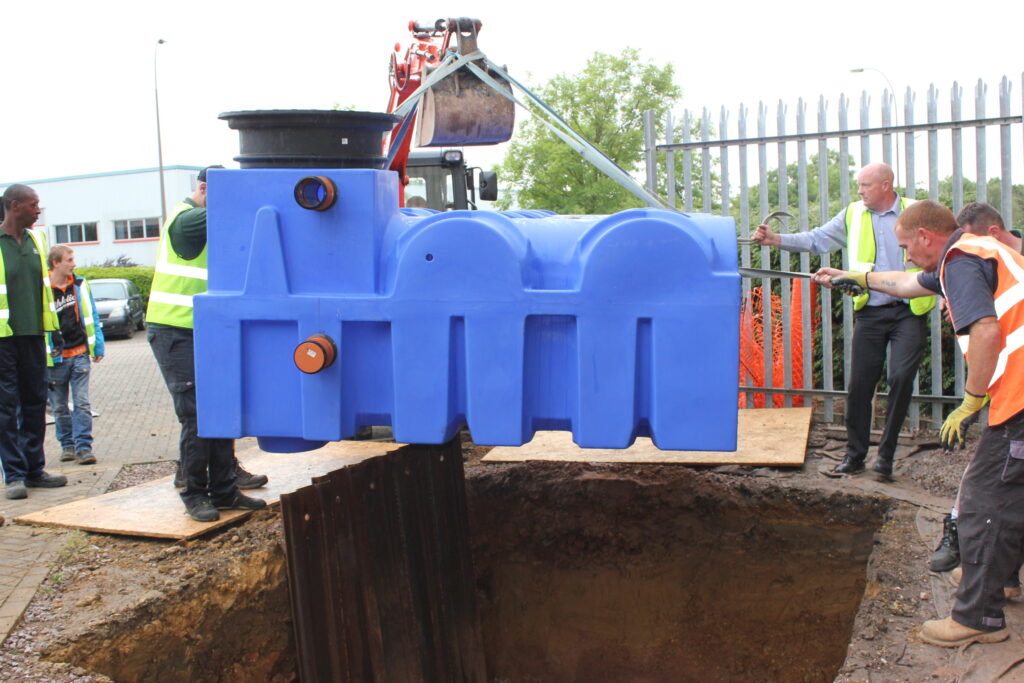
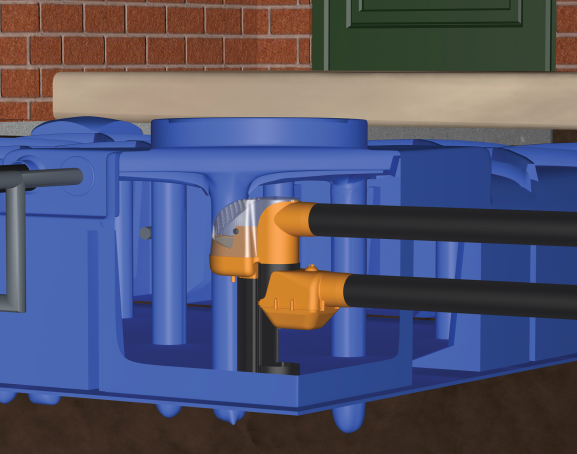


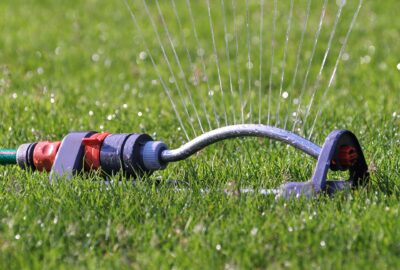

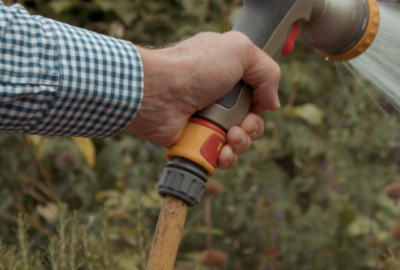
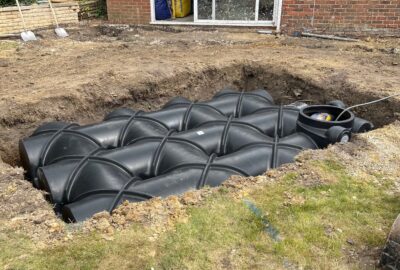

One Comment
Vijayaraj Shishodya
This is a fantastic overview of rainwater harvesting! It’s great to see more people talking about sustainable water management practices. One point I would like to add is that beyond individual households, communities and municipalities can also benefit significantly from implementing rainwater harvesting systems on a larger scale. Not only does this help in conserving water and reducing costs, but it also promotes environmental stewardship. Thank you for sharing this insightful post!
If you are looking for the rainwater harvesting filters for the larger rooftop area then kindly visit our webiste: https://www.raincatchers.co/